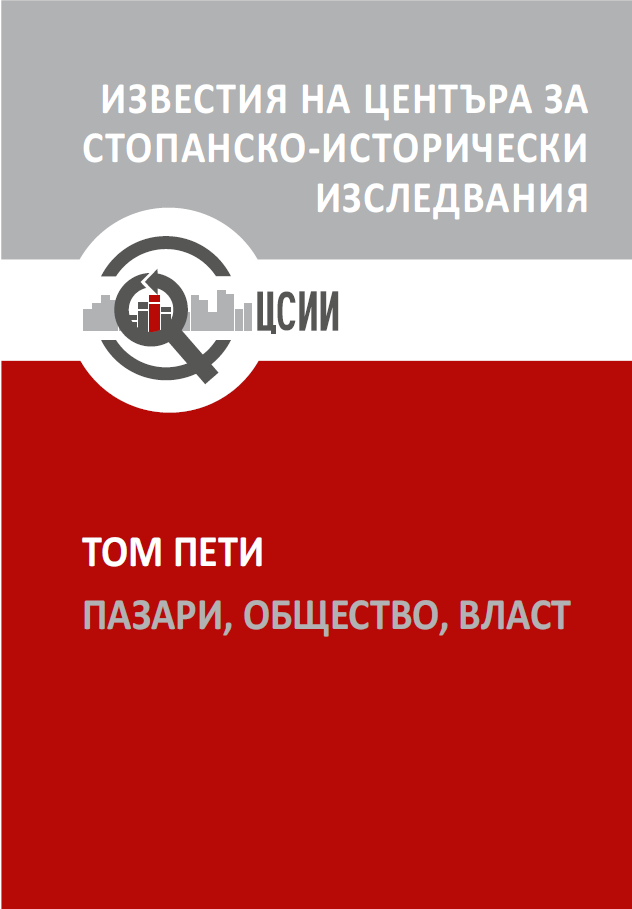Бератлиите – търговците на султана
Beratlis – the Traders of the Sultan
Author(s): Gergana Georgieva, Nikolay TodorovSubject(s): History, Economy, Cultural history, National Economy, Business Economy / Management, Comparative history, Economic history, Local History / Microhistory, Social history, Modern Age, Marketing / Advertising, Human Resources in Economy, Socio-Economic Research
Published by: Център за стопанско-исторически изследвания
Keywords: beratlis; Avrupa tuccars; Ottoman merchants; non-Muslim merchants; Ottoman Empire; international trade; 19th century
Summary/Abstract: In the late 18th century the Ottoman Empire almost completely lost control of its import and export trade, which were run mainly by foreign merchants. Therefore, a large part of Ottoman traders accepted the status of protégés of those mustemins and became foreign citizens. In early 19th century the Ottoman authorities took some steps in order to restore the balance. They created two special categories of Ottoman merchants – avrupa tuccars (non-Muslims) and hayriye tuccars (Muslims), also known as beratlis, because of the special certificate (berat) they received from the authorities. The beratlis had the right to trade on the international market and to organize the international trade of the Empire. Beratlis were distinguished by a number of privileges they received from the Ottoman authorities, by the considerable capital they possessed, and by the networks of contacts and connections in the Ottoman Empire and abroad that they built. The article presents the category of non-Muslim beratlis, based on data from two Ottoman defters stored in the Ottoman archive in Istanbul. Some analyses weremade based on the names of the beratlis, their place of residence, the year of the beginning of their activity, and the names of their assistants. We were able to reconstruct the ethnic and religious structure of the group; geographical distribution of the beratlis and their assistants; their networks and connections. Special emphasis in the presented examples is put on Bulgarian lands and some figures of the Bulgarian Revival registered also as beratlis.
Journal: Известия на Центъра за стопанско-исторически изследвания
- Issue Year: V/2020
- Issue No: 1
- Page Range: 39-54
- Page Count: 16
- Language: Bulgarian

